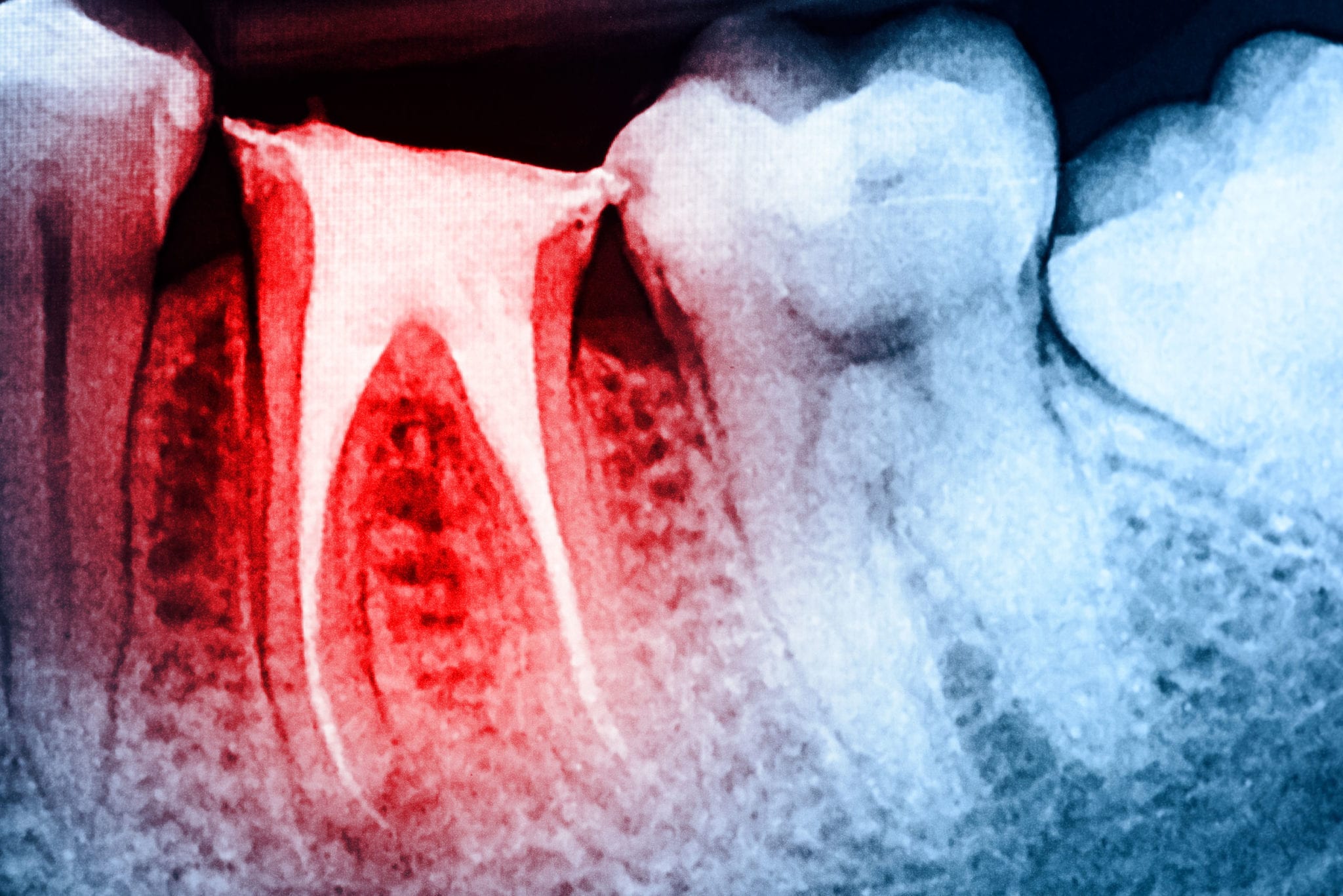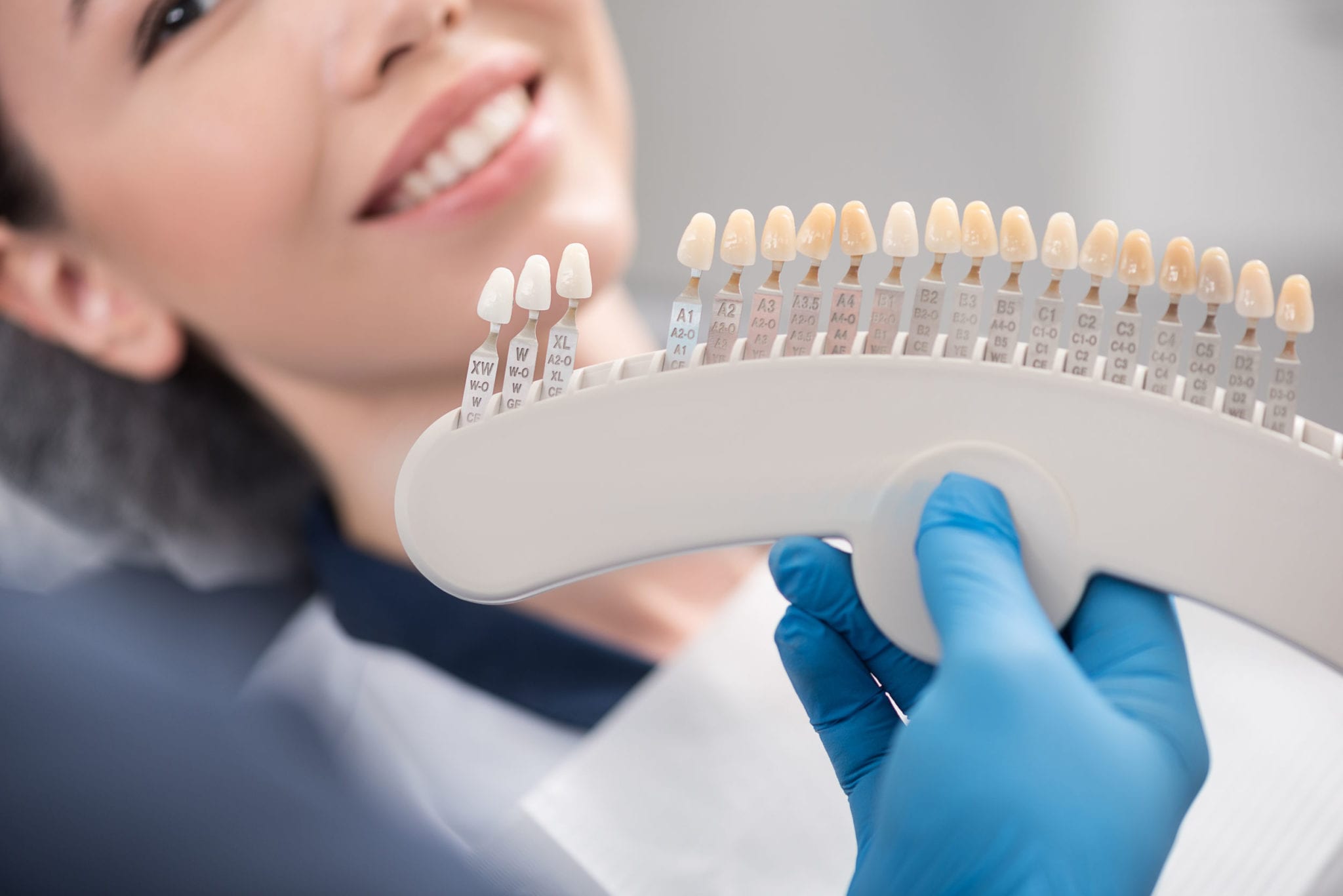
For over three decades, scientists have used stem cell research to better understand the different parts of the body. As they watch individual stem cells grow into tissues, bones, and even organs, they search for solutions to damage and disease.
These stem cells haven’t made many headlines in the world of dentistry – until recently. Researchers have announced that their work with stem cells could help millions of people around the world, not just manage, but completely recover from tooth decay.
While patients shouldn’t expect a new treatment to hit their dentist’s offices just yet, steps are being taken to get us there.
Scientists Focus on Regrowth from Different Areas of the Tooth
Currently, when any part of a tooth dies, it cannot be brought back to life. Once a patient has experienced decay or cavities, they can’t rely on their tooth to regrow (literally “fill in the gaps”).
Scientists around the world, at institutions like Zhejiang University, TU Dresden, and USC, are hoping to change that. A number of approaches are currently being taken to regrow decayed and broken teeth.
Regrowing Tooth Enamel
Researchers in China have used a direct application of triethylamine to regrow enamel and enamel-like substances. Activation of mesenchymal stromal cells is the focus of other research and some of the work has proven successful. There’s still more to be done, though.
Regrowth from the Roots Up
Other research has focused on the development of roots through times, dating all the way back to Neanderthals in hopes of discovering a way to regenerate from the roots up. Scientists first hope to be able to regrow roots of severely damaged teeth to the point where they can fit a dental crown over new growth.
The Future Seems to Be Custom-Made Teeth
Researchers confidently say that they are on the path to exciting developments in dentistry. With the methods that scientists are using, dentists could shape “custom-made” teeth from a patient’s very own genes.
These advances could completely render artificial materials like porcelain and resin obsolete. Using one’s own chemistry may also eliminate problems like discolored or uneven teeth that stand out after a replacement.

All told, none of these solutions has hit the dental office services list quite yet. A lot of experiments still need to be done.
Researchers are hopeful, however, that the technology needed to regrow teeth should be cost-effective enough to help the masses. The important research being done now could dramatically change the way that we treat tooth decay.
What Causes Cavities and Tooth Decay?
While enamel is one of the strongest materials in the human body, teeth can still decay in the face of acid. Sugar teams up with plaque in an acidy mixture that eats away at the enamel, eventually cause holes in the tooth.
The plaque itself is a combination of food, bacteria, and saliva. The more sugar and plaque you have in your mouth, the higher the chance of tooth decay.
As you likely know, lifestyle and diet can help to prevent tooth decay. If you spend the day consuming sugary foods and beverages without rinsing your mouth, the sugar will just sit between your teeth. Here’s what you can do instead…
Tooth Decay: What Can You Do For It Now?
Diet and lifestyle changes can help to slow down or stop tooth decay entirely. If you want to rebuild what was lost, you will need to turn to treatments such as partial or full tooth restorations.
Your dentist can help you decide which treatment is most suitable for you based on the current state of your teeth. Treatment options include getting dentures, crowns, or bridges.
In addition to choosing a treatment, your dentist will also help you decide what materials will be used to fix tooth decay. All of these choices will impact cost, recovery time, and how long the new tooth will last before it needs replacing again.
We Recommend Porcelain in Most Cases
Which material works best? Our vote is porcelain. Like enamel, porcelain is very strong. Coffee, crunchy foods, and other foods won’t cause significant wear and tear. If your teeth can handle it, porcelain can handle it, too.
Patients can use porcelain for:
● Onlays
● Overlays
● Veneers
● Cosmetic tooth bonding
Other materials, like composite resin, are not considered strong enough to repair tooth decay. Until dentists can help patients grow back enamel, porcelain is the best choice.
Do You Know Whether You Have Cavities or Tooth Decay?

Cavities or tooth decay are not always obvious until they cause you pain. Set up your preventative care appointments with your dentist before issues become extreme.
A typical examination can help you identify teeth that have decay, have cavities, or are on the way there. Your dentist can also provide tips and suggestions for healthier dental habits.
Tooth regeneration may be on the way to a dentist near you in the future, but for now, it’s up to you and your dental professionals to keep your teeth strong, healthy, and together.






